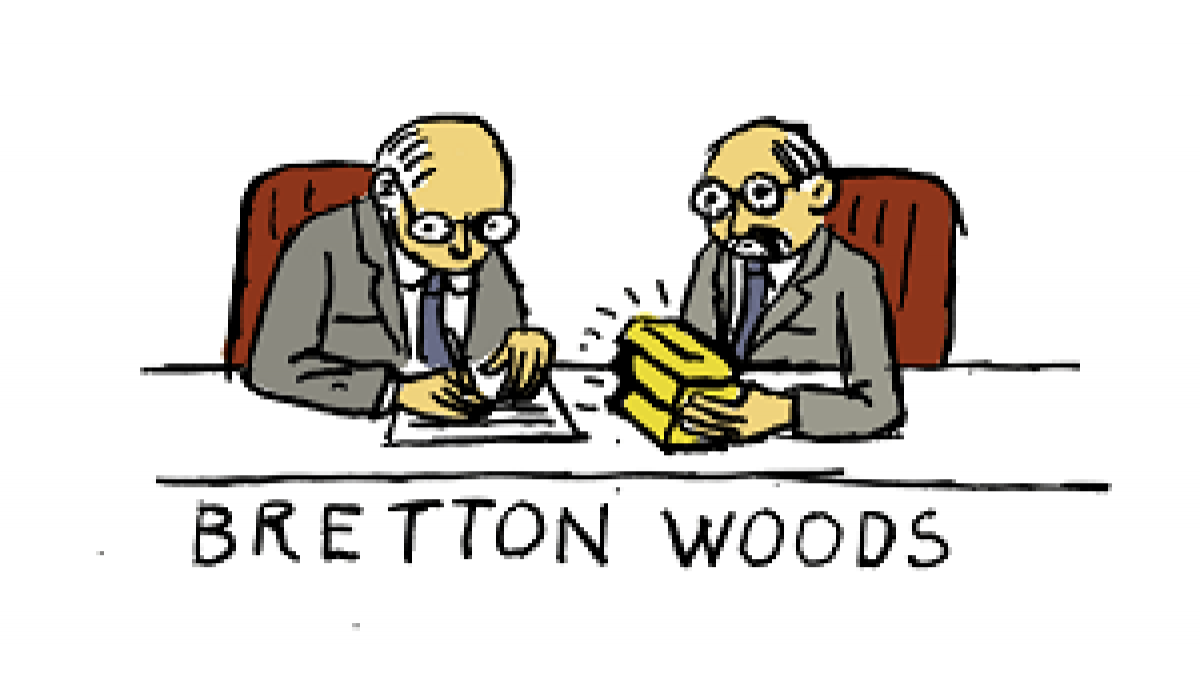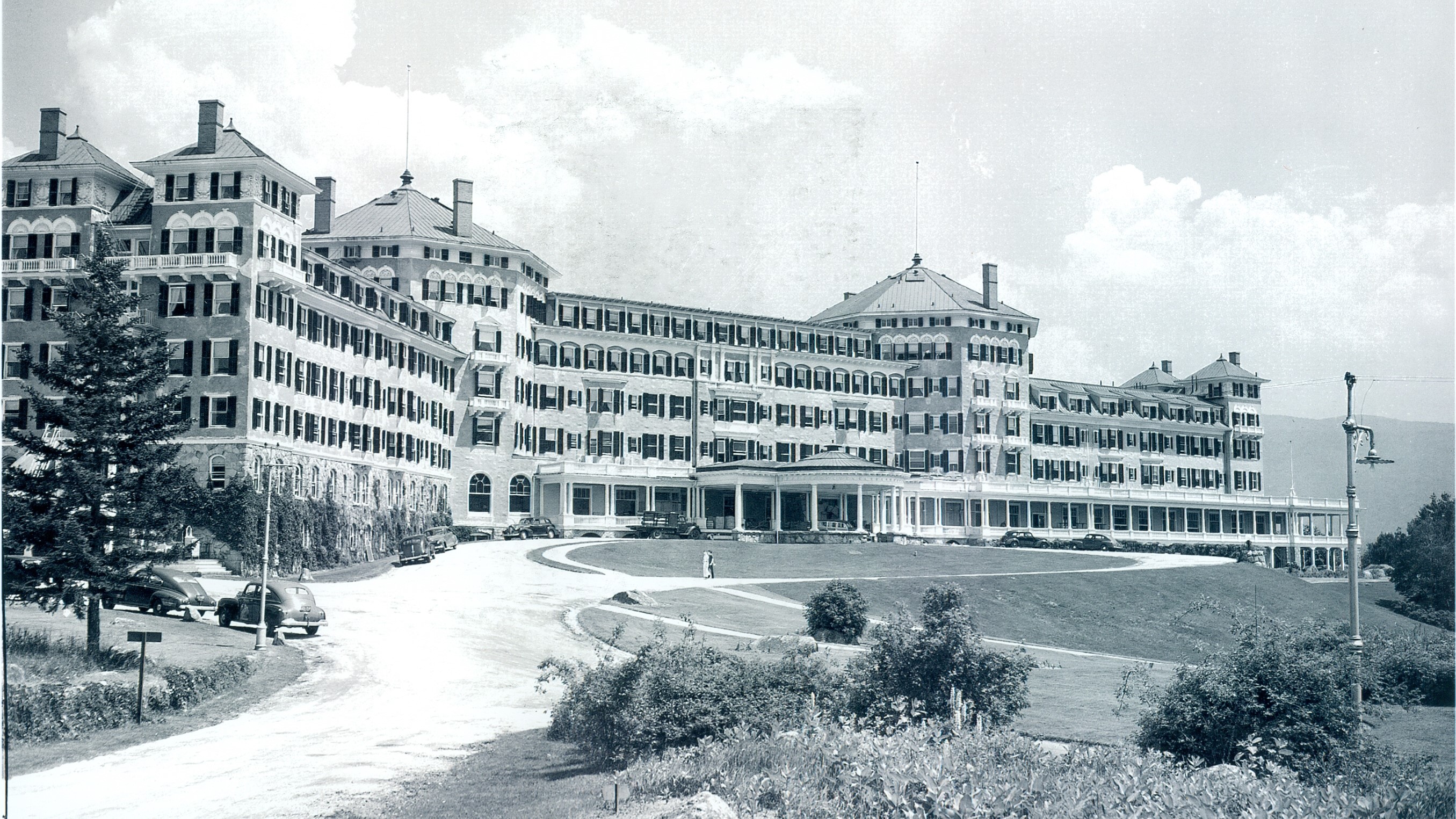The Bretton Woods Conference was a meeting of international financial leaders held in 1944 at the Mount Washington Hotel in Bretton Woods, New Hampshire. The main purpose of the conference was to develop a new international monetary system in the aftermath of World War II. The conference was attended by representatives from 44 Allied nations, and the final agreement that was reached at the conference became known as the Bretton Woods Agreement.
One of the main goals of the Bretton Woods Agreement was to establish a stable international monetary system that would promote international trade and economic growth. To achieve this, the conference established a fixed exchange rate system in which the value of each currency was pegged to the value of gold. The United States dollar was chosen as the reserve currency of the system, with the value of one dollar being fixed at 35 ounces of gold. Other currencies were pegged to the dollar, with their value determined by their exchange rate to the dollar.
The Bretton Woods Agreement also established the International Monetary Fund (IMF), which was tasked with providing financial assistance to countries experiencing balance-of-payments difficulties. The IMF was funded by member countries and could provide loans to countries in need of short-term financial assistance.
In addition to the IMF, the Bretton Woods Agreement also established the International Bank for Reconstruction and Development (IBRD), which was later renamed the World Bank. The IBRD was intended to provide long-term loans to countries for the purpose of reconstruction and development.
The Bretton Woods Agreement was successful in establishing a stable international monetary system and promoting economic growth in the years following World War II. However, by the 1970s, the fixed exchange rate system began to come under strain due to the increasing costs of the Vietnam War and other economic pressures. As a result, the United States was no longer able to maintain the value of the dollar at the fixed rate of 35 ounces of gold, and in 1971, President Richard Nixon suspended the convertibility of the dollar into gold. This event, known as the Nixon Shock, marked the end of the Bretton Woods Agreement and the beginning of a floating exchange rate system.
In summary, the Bretton Woods Conference was a historic meeting of international financial leaders that resulted in the creation of the Bretton Woods Agreement, which established a stable international monetary system based on fixed exchange rates and the creation of the IMF and the IBRD. Despite its initial success, the fixed exchange rate system eventually came under strain and was replaced by a floating exchange rate system in the 1970s.
Webinar Summary: The Case for a New Bretton Woods
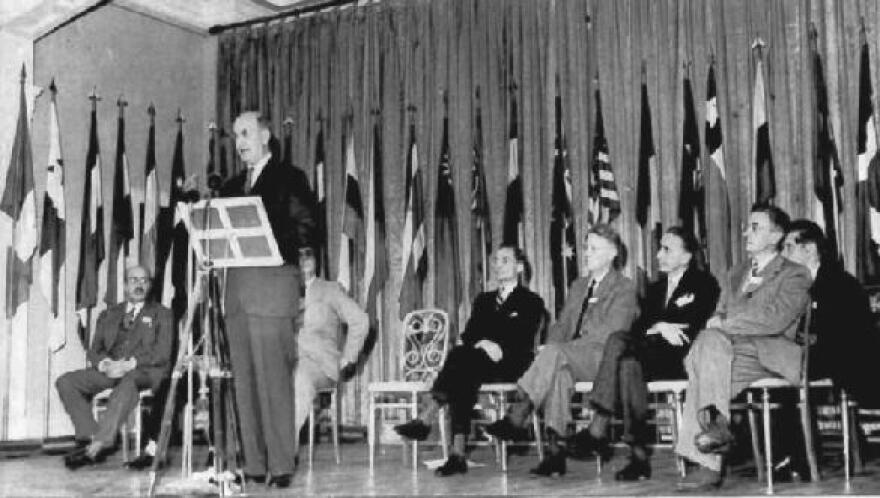
As a result of this, the capitalist world is split into two hostile camps, and war breaks out between them. . The Collapse of the Bretton Woods System Another attempt to rescue the system came with the introduction of an international currency—the likes of what Keynes had proposed in the 1940s. . States and the Reemergence of Global Finance: From Bretton Woods to the 1990s. In 1960 The first effort was the creation of the In 1967, there was an attack on the pound and a run on gold in the He believed that the priorities of the United States were correct, and, although there were internal tensions in the Western alliance, that turning away from open trade would be more costly, economically and politically, than it was worth: "Our role of world leadership in a political and military sense is the only reason for our current embarrassment in an economic sense on the one hand and on the other the correction of the economic embarrassment under present monetary systems will result in an untenable position economically for our allies. Second, in an even greater irony, it was a member of the British delegation who understood that the dollar was the sole currency which had the strength and stability to be exchanged for gold.
The Bretton Woods Agreement—I on JSTOR
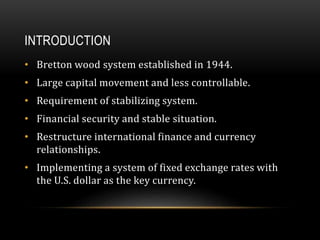
One example is IMF governance, which suffers from rules and advice that are out of date and out of kilter with contemporary needs. The International Bank for Reconstruction and Development or IBRD was an international bank created to fund the reconstruction of post-war Europe. Why did the Bretton Woods agreement collapse? The International Monetary Fund regulates global exchange rates. Kozul-Wright explained that while this is not a book of heroes and villains, if there is a hero, it is the then-US Treasury Secretary, Henry Morgenthau, who championed a clear set of principles for what a new global economic system should deliver. . If global leaders recognize that this is an age of ecological exceptionalism, which benefitted countries in the Global North, what economic ideas are necessary to design an economy in line with this understanding? The battle of Bretton Woods John Maynard Keynes, Harry Dexter, and the making of a new world order.
Bretton Woods System
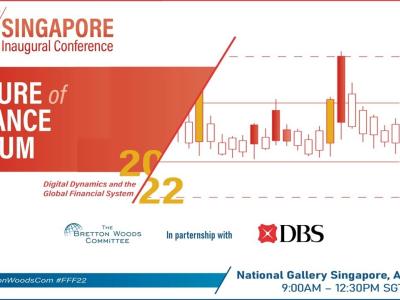
The Bretton Woods Agreement was reached in a 1944 summit held in New Hampshire, USA on a site by the same name. The greater the gap between free market gold prices and central bank gold prices, the greater the temptation to deal with internal economic issues by buying gold at the Bretton Woods price and selling it on the open market. Wanting to open the world market to its exports, the U. A trade surplus made it easier to keep armies abroad and to invest outside the U. Writing to the British Treasury, Keynes, who took the lead at the Conference, did not want many countries. As Joseph Stiglitz has shown, the fund compounds existing economic crises and creates crises where none existed before.

:max_bytes(150000):strip_icc()/world-currency-3305931_final-030cd0835c7f421fb21dfcdc65d16136.png)




